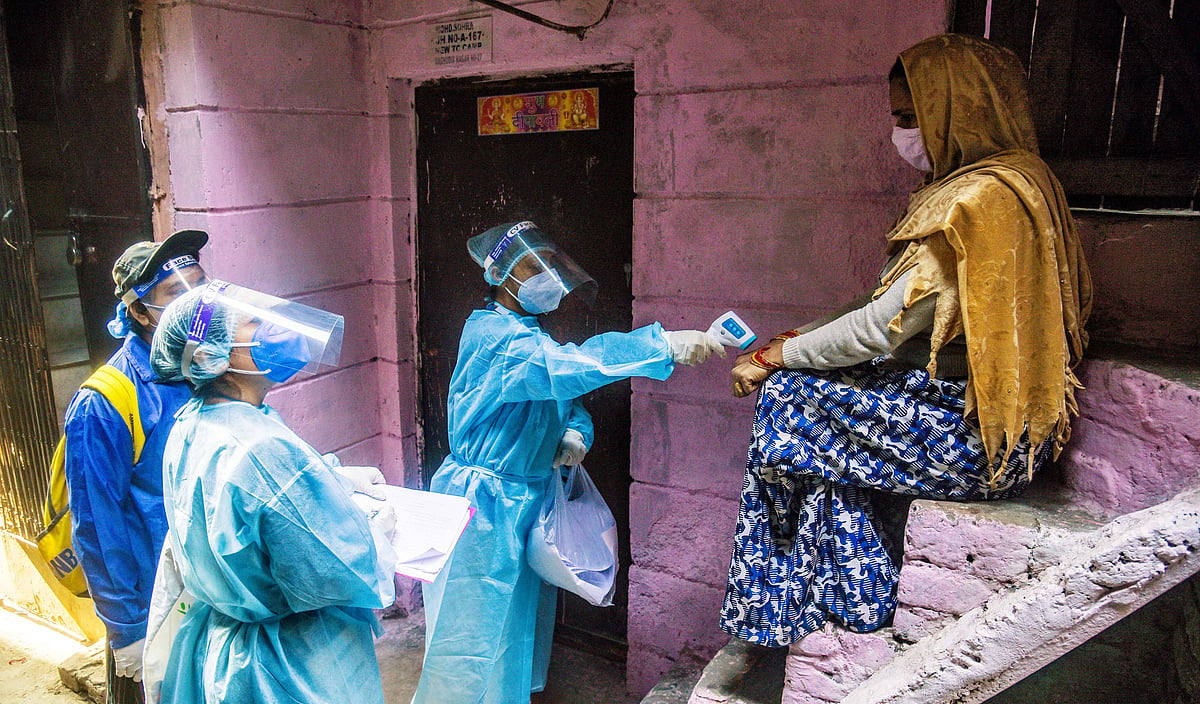Maharashtra on Monday witnessed a slight drop in daily cases, with 2,949 new cases and 60 covid-19 deaths in the last 24 hours, pushing its tally to 18,83,365 with 48,269 fatalities till now. Mumbai, meanwhile recorded less than 500 cases on Monday, with 477 new cases and seven fatalities, increasing the total count to 2,87,303 with 10,988 fatalities till now.
Dr. Shashank Joshi, a member of the state’s Covid-19 task force, said, “The death rate from the beginning was very high. The current death rate is significantly lower, in terms of sheer numbers, but the old baggage is still there, which is why we are seeing a high CFR. What is hurting our death numbers are the numbers that occurred in March, April, and May, pushing our overall CFR higher.”
Dr. Joshi said one of the main factors is also insufficient testing in the state despite a high testing capacity. “There are many places in Maharashtra that are not testing at full capacity. Moreover, the stigma around Covid-19 is still there, so symptomatic patients are not testing on time. When you test late, you get medical attention late, and the chances of death in comorbid patients increase significantly,” he said.
Dr. Pradeep Awate, state surveillance officer, said, “If we see, the weekly CFR in the state is 1.77% for the past few weeks. This is a good sign. The cumulative CFR is 2.5% due to a load of earlier deaths. Mortality is more in urban Maharashtra, such as Mumbai, Pune, and Thane, which are taking up to 60% of the load. Moreover, the dynamics of population density also factor into the equation. Once infection rate increases due to high population density, high-risk groups are at a higher chance of contributing to mortality.”
However, authorities said the overall picture in Maharashtra is positive. Awate said, “We were expecting an increase in cases post-Diwali, but that has not happened, and that is a good sign. Our positivity rate has reduced too.” Regarding not testing to full capacity, Awate said, “Number of tests is an indirect reflection of positivity rate. Contacts of patients are tested, so when cases per day decrease, tests decrease too.”






